Home>Garden Essentials>Garden Storage>Garden Edging Ideas: Create Neat, Tidy And Decorative Borders
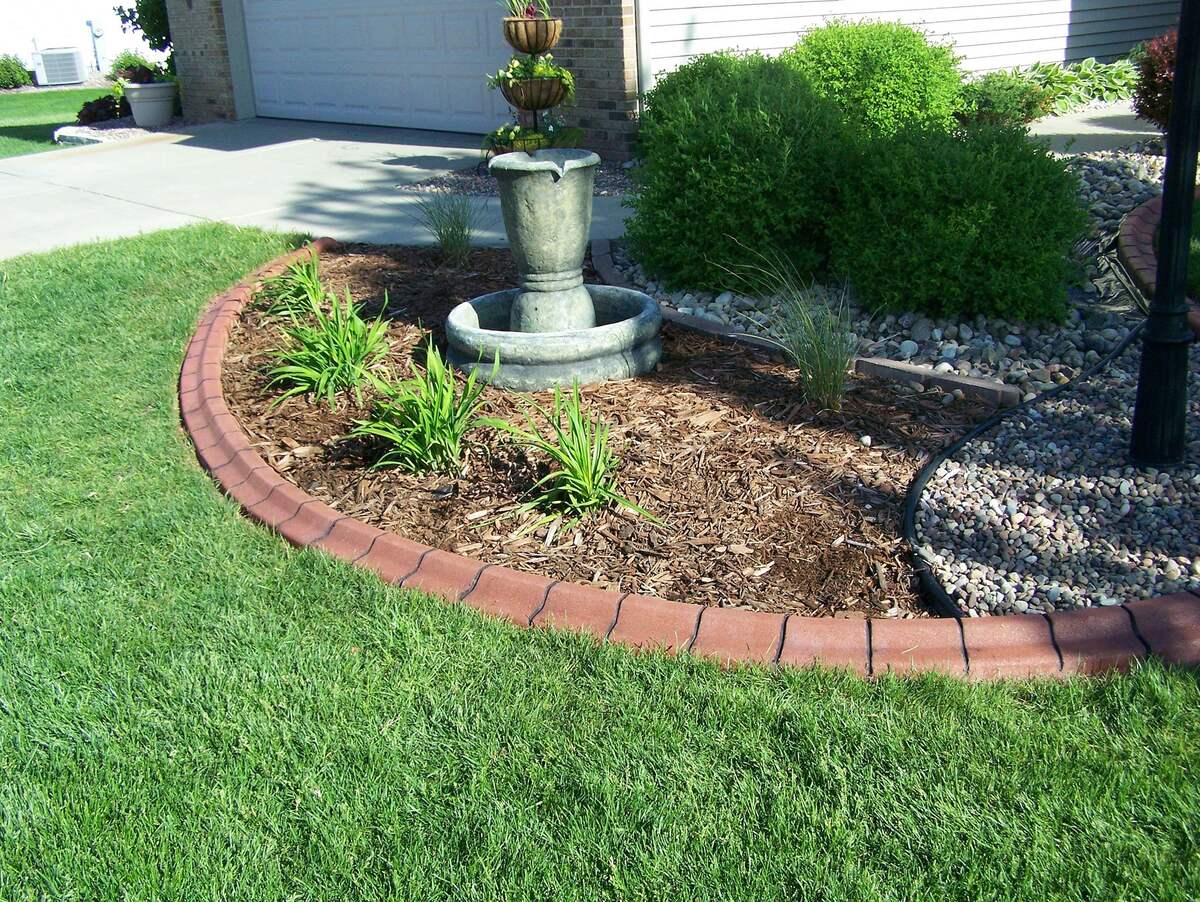

Garden Storage
Garden Edging Ideas: Create Neat, Tidy And Decorative Borders
Modified: February 7, 2024
Get creative with garden edging ideas to enhance your outdoor space. Create neat, tidy, and decorative borders with clever storage solutions.
(Many of the links in this article redirect to a specific reviewed product. Your purchase of these products through affiliate links helps to generate commission for Storables.com, at no extra cost. Learn more)
Introduction
Garden edging is essential for creating neat, tidy, and decorative borders in your landscape. Whether you have a sprawling backyard or a small garden, edging can provide structure and definition to your outdoor space. Not only does it enhance the overall appearance of your garden, but it also serves a practical purpose by preventing the spread of grass and weeds into your flower beds and other areas.
By choosing the right edging materials and incorporating creative design ideas, you can transform your garden into a visually appealing and well-organized space. Whether you prefer a traditional look or want to experiment with unique edging ideas, there are countless options to suit your personal style and preferences.
In this article, we will explore a variety of garden edging ideas, from traditional to creative, and provide tips on how to choose the right materials and install them effectively. Whether you’re a seasoned gardener or just starting out, these ideas and techniques will inspire you to create beautiful and functional borders in your outdoor living space.
Key Takeaways:
- Garden edging enhances landscaping, controls weed growth, and defines garden boundaries. Choose traditional materials like brick or stone for a timeless look, or get creative with recycled objects for a unique and eco-friendly touch.
- DIY garden edging is a rewarding project that adds a personal touch to your outdoor space. Proper preparation, accurate measurements, and careful placement of materials are key to achieving a successful and visually appealing result. Regular maintenance ensures the longevity and beauty of your garden edging.
Benefits of Garden Edging
Garden edging offers numerous benefits that go beyond simply adding a decorative touch to your landscape. Here are some of the key advantages:
Enhances Landscaping
Garden edging plays a crucial role in enhancing the overall aesthetics of your outdoor space. By creating defined borders around your flower beds, pathways, and other garden features, edging adds structure and cohesion to your landscaping design. It helps to visually separate different areas of your garden, giving it a professionally landscaped look.
Defines Garden Boundaries
One of the primary purposes of garden edging is to clearly define the boundaries of your garden. It helps to distinguish between the garden beds and the surrounding lawn, preventing the grass from encroaching onto your plants. This not only adds visual clarity but also makes it easier to maintain and care for your garden.
Controls Weed Growth
Garden edging acts as a barrier to prevent the growth of weeds in your flower beds. It creates a physical barrier that makes it more challenging for weeds to invade the garden area. By minimizing weed growth, edging reduces the amount of time and effort you need to spend on weeding, allowing you to focus on enjoying the beauty of your plants instead.
Provides a Clean and Organized Look
One of the most noticeable benefits of garden edging is the clean and organized appearance it imparts to your garden. By containing the soil and plants within designated borders, it creates a tidy and polished look. This adds a sense of orderliness to your garden, making it more inviting and visually appealing.
Overall, garden edging is a practical and aesthetic addition to any outdoor space. It helps to enhance the overall beauty of your landscaping, defines garden boundaries, controls weed growth, and provides a clean and organized look. By investing in quality edging materials and implementing effective design ideas, you can transform your garden and enjoy the benefits for years to come.
Choosing the Right Edging Material
When it comes to garden edging, the material you choose is a crucial decision. Different materials offer varying aesthetics, durability, and maintenance requirements. Here are some popular edging materials to consider:
Natural Stone
Natural stone is a versatile and timeless choice for garden edging. It adds a touch of elegance and sophistication to your landscape. Stone can be found in various shapes, sizes, colors, and textures, allowing you to create a unique and natural-looking border. While stone requires a bit more effort during installation, it offers excellent durability and can withstand the test of time.
Brick
Brick is a classic and widely used edging material. Its warm and earthy appearance complements a variety of garden styles. You can choose between traditional red bricks or opt for more modern and sleek options. Brick edging is relatively easy to install and maintain, making it a popular choice for DIY enthusiasts.
Wood
Wooden edging adds a rustic and natural charm to your garden. It blends well with garden themes such as cottage or country-style landscapes. Wood can be treated to resist rot and decay, ensuring longevity. However, it may require more maintenance, such as regular staining or sealing, to keep it in good condition.
Metal
Metal edging, such as steel or aluminum, offers a sleek and contemporary look. It is durable, long-lasting, and highly resistant to weather conditions. Metal edging is available in various finishes, including plain, painted, or even rusted for a more industrial aesthetic. It provides clean lines and works well in modern or minimalist garden designs.
Concrete
Concrete is a versatile and affordable option for garden edging. It can be molded into different shapes and sizes, allowing for customized designs. Concrete edging is durable and requires little maintenance. It can be left plain or can be stained or stamped to resemble more expensive materials like stone or brick.
Plastic
Plastic edging is an economical and easy-to-install option. It is lightweight and flexible, making it suitable for curving borders or irregular-shaped gardens. While it may not offer the same level of durability as other materials, plastic edging is resistant to rot and decay. It is available in various colors and styles to match your garden aesthetics.
Consider your personal preferences, budget, and the overall style of your garden when choosing the right edging material. Each option has its own unique characteristics, so take the time to evaluate which material will best meet your needs and enhance the visual appeal of your outdoor space.
Traditional Garden Edging Ideas
Traditional garden edging adds a timeless and elegant touch to your outdoor space. These classic options offer durability and versatility, making them popular choices for many gardeners. Here are some traditional garden edging ideas to consider:
Classic Brick Borders
Brick borders are a classic choice for garden edging. The warm tones and uniformity of bricks create a clean and structured look. You can lay the bricks horizontally or vertically, depending on the desired effect. This type of edging works well in formal gardens, cottage-style landscapes, or to add a touch of traditional charm to any garden design.
Stone Landscape Edging
Stone landscape edging provides a natural and organic look to your garden. It can be achieved using various types of stones, such as gravel, river rocks, or larger stones like flagstones or boulders. The irregular shapes and sizes create a visually interesting and textured border. Stone edging is particularly suitable for gardens with a rustic or natural aesthetic.
Wooden Log Edging
Wooden log edging adds a rustic and charming element to your garden. By using logs or timber sleepers, you can create a raised border that keeps the soil and plants contained while adding a natural and organic feel. This type of edging works well in woodland gardens or gardens with a cottage or country-style theme.
Read more: How To Create Home Decor Ideas Site
Metal Garden Edges
Metal garden edges, such as steel or aluminum, offer a sleek and modern look to your landscape. Metal strips can be installed directly into the ground or attached to a border material like concrete or timber. Metal edging provides clean lines and works well in contemporary garden designs or urban gardens with a minimalist aesthetic.
Concrete Pavers
Concrete pavers offer a versatile and durable option for garden edging. They can be laid out in various patterns and configurations, such as straight lines or curves, to add visual interest and structure to your garden. Concrete pavers are available in different colors and textures, allowing you to customize the edging to suit your garden style.
These traditional garden edging ideas are tried and tested, making them reliable choices for achieving a classic and well-defined border in your garden. Consider the style of your garden, the overall aesthetic you want to achieve, and the maintenance requirements when selecting the appropriate traditional edging for your outdoor space.
Creative and Unique Garden Edging Ideas
If you’re looking to add a touch of creativity and unique flair to your garden, consider these creative edging ideas. These unconventional options will surely make a statement and give your garden a one-of-a-kind look:
Recycled Glass Bottle Edging
Repurposing glass bottles is not only environmentally friendly but also adds a pop of color and creativity to your garden. Simply bury the bottles half into the ground along the border, ensuring they are secure. You can choose bottles of different shapes, sizes, or colors to create a mosaic-like effect. This edging option is perfect for quirky and eclectic garden styles.
Terracotta Pot Garden Edging
Terracotta pots have a charming and rustic appeal that can be utilized as garden edging. Lay the pots on their sides, burying them partially into the ground along the desired border. This creates a unique and decorative edge while also providing potential planting spaces. You can even paint or decorate the pots to match your garden theme or add a personal touch to the edging.
Upcycled Tire Border
Give old tires a new purpose by repurposing them as garden edging. Cut the tires into sections and bury them vertically into the ground along the border. The shape and flexibility of tires allow you to create curves or angles in the design. You can paint the tires in vibrant colors or leave them as they are for a more industrial look. This edging idea is not only creative but also an eco-friendly option.
Pallet Wood Garden Edging
Pallets can be transformed into unique garden edging by dismantling them and using the individual wood boards. Cut the boards to the desired length and bury them into the ground along the border. The weathered and rustic appearance of pallet wood adds a charming and natural touch to your garden. This affordable and upcycled edging option is perfect for those who appreciate a rustic and eco-friendly style.
Rope or String Edging
For an unconventional and minimalist garden edging, consider using rope or string. Simply align the rope or string along the desired border, securing it with stakes or pegs. This edging idea works well in modern or coastal-themed gardens, where the natural and organic texture of the rope adds a subtle decorative element. It’s a cost-effective and easy-to-install option that allows for flexibility in shaping the border.
These creative and unique edging ideas can transform your garden into a visually captivating and personalized space. Let your imagination run wild as you explore different materials and repurposed items to create an edging that reflects your individual style and adds a touch of whimsy to your outdoor oasis.
Edging Ideas for Different Garden Themes
Matching the edging style to the theme of your garden can enhance the overall cohesiveness and visual impact. Here are some edging ideas tailored for different garden themes:
Cottage Garden Edging
Cottage gardens have a whimsical and romantic feel, and the edging should reflect that charm. Opt for a soft and natural look with materials like rustic wooden planks or wattle fencing. Add a touch of color by incorporating flowering plants such as lavender or roses along the edging. Curved borders can mimic the organic flow of a traditional cottage garden design.
Contemporary Garden Borders
Contemporary gardens often focus on clean lines and minimalist design. To complement this style, consider using sleek and modern materials such as metal or concrete. Straight and geometric edges can provide a crisp and polished look. Incorporate lighting along the edging to create a dramatic effect during evening hours. Plant low-maintenance and architectural plants to maintain the contemporary feel.
Formal Garden Edging
In a formal garden, precise lines and symmetry are key. Achieve this look with materials like brick, stone, or concrete pavers. Straight edges and sharp corners create a formal and elegant appearance. Consider using hedges or topiaries to further define the borders and maintain the structured look. A manicured lawn and symmetrical plantings will complete the formal garden design.
Tropical Garden Edges
Tropical gardens are full of lush foliage and vibrant colors. To complement this exotic vibe, opt for organic and natural materials like bamboo or driftwood for the edging. Curved and flowing edges mimic the tropical landscape and create a relaxed and inviting atmosphere. Incorporate tropical plants with bold leaves and vibrant flowers along the borders, such as palm trees or hibiscus.
Rustic Garden Border Ideas
Rustic gardens have a natural and rugged charm. Use materials like stacked stones or untreated logs for the edging to create a rustic and earthy feel. Irregular edges that blend into the surrounding landscape lend an organic and unstructured look. Plant native wildflowers or herbs to enhance the natural appeal and attract butterflies and bees.
Matching the edging to the theme of your garden can enhance the cohesive design and visual impact. Consider these edging ideas to complement your chosen garden theme and create a harmonious and stunning outdoor space.
DIY Garden Edging Tips
If you’re a do-it-yourself enthusiast, installing garden edging can be a rewarding project that adds a personal touch to your outdoor space. Here are some helpful tips to ensure a successful DIY experience:
Proper Preparation of the Edging Area
Before installing garden edging, it’s important to properly prepare the area. Start by clearing any debris, weeds, or existing vegetation along the border. Use a spade or edging tool to create a clean trench where the edging will be placed. Ensure the trench is deep enough to accommodate the chosen edging material and provide adequate support.
It’s also critical to consider the layout and design of the garden bed. Take accurate measurements and mark the desired shape and curves of the edging using stakes and string. This will guide you during the installation process and ensure a seamless and visually pleasing result.
Installing the Edging Materials
Once the area is prepared, it’s time to install the edging materials. Follow these steps for a successful installation:
- Place the chosen edging material into the prepared trench, starting at one end and working your way along the border. Ensure the edging is level and straight by using a spirit level.
- For materials like bricks or stones, ensure they are tightly fitted together to provide stability and support.
- If using flexible materials like plastic or metal, position them to match the planned curves and shapes of the garden bed. Secure the edging in place using stakes or pegs.
- Backfill the trench with soil or gravel, compacting it firmly around the edging material to provide stability.
- Water the soil to help settle it around the edging and ensure a secure fit for the materials.
Maintenance and Upkeep
Once the garden edging is installed, regular maintenance is essential to keep it looking its best. Here are some maintenance tips:
- Inspect the edging periodically for any damage or signs of wear. Repair or replace any broken or worn-out pieces to maintain the integrity of the border.
- Trim or remove any overgrown vegetation that may encroach on the edging to prevent it from becoming unruly or affecting its stability.
- Depending on the edging material, consider applying a protective sealant or coating to enhance its durability and resistance to weather elements.
- Regularly clean the edging by removing dirt, debris, and weeds that may accumulate along the border. This helps to maintain the cleanliness and overall aesthetic appeal.
By following these DIY garden edging tips, you can ensure a successful installation and enjoy a well-defined and visually appealing border in your garden. Remember to consider the specific requirements of your chosen edging materials and adapt these tips accordingly to achieve the best results.
Conclusion
Garden edging is not only a practical addition to your outdoor space but also a creative opportunity to enhance the aesthetic appeal of your garden. Whether you opt for traditional materials like brick and stone or explore unique options using recycled objects, garden edging provides structure, defines boundaries, and adds a touch of personal flair to your landscape.
By carefully selecting the right edging material, you can align it with the theme and style of your garden. Traditional options like brick and stone bring a timeless and elegant look, while creative choices such as recycled glass bottles or upcycled tires offer a unique and eco-friendly touch. Matching the edging to the theme of your garden creates a cohesive and visually pleasing design.
Installation of garden edging can be a rewarding DIY project. Proper preparation of the edging area, accurate measurements, and careful placement of the materials are key to achieving a successful and visually appealing result. Regular maintenance and upkeep, such as checking for damage, trimming vegetation, and cleaning, will ensure the longevity and beauty of your garden edging.
Whether you have a cottage garden, a contemporary space, a formal garden, or a tropical oasis, there are edging options to suit your style and preferences. Garden edging not only enhances the overall appearance of your landscape but also provides functional benefits such as preventing weed growth, defining garden boundaries, and creating a clean and organized look.
So, unleash your creativity and create a stunning garden border that reflects your personality and complements the beauty of your plants. With the right choice of materials and a little DIY effort, you can transform your garden into a well-defined, visually captivating, and organized space that you can enjoy for years to come.
Frequently Asked Questions about Garden Edging Ideas: Create Neat, Tidy And Decorative Borders
Was this page helpful?
At Storables.com, we guarantee accurate and reliable information. Our content, validated by Expert Board Contributors, is crafted following stringent Editorial Policies. We're committed to providing you with well-researched, expert-backed insights for all your informational needs.
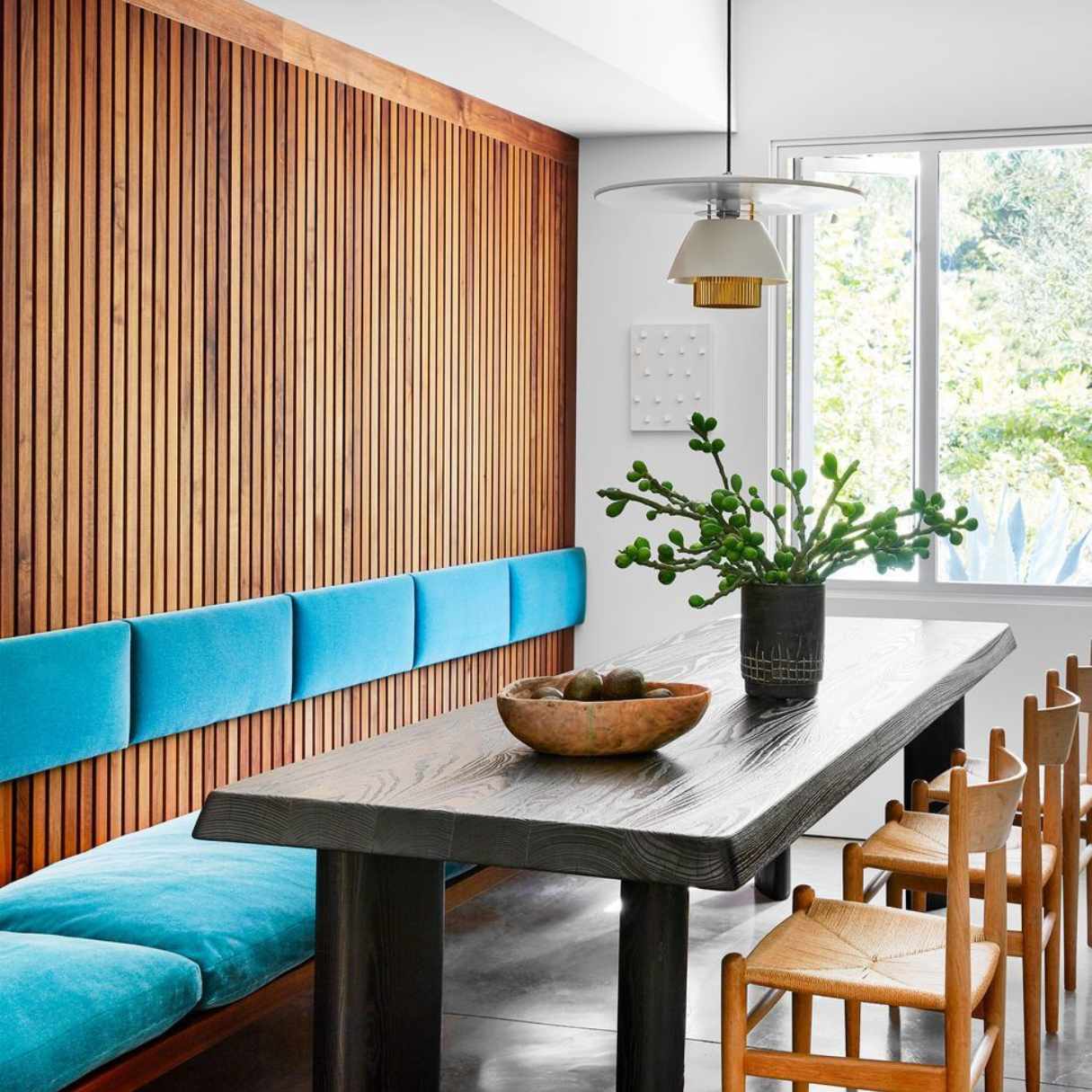
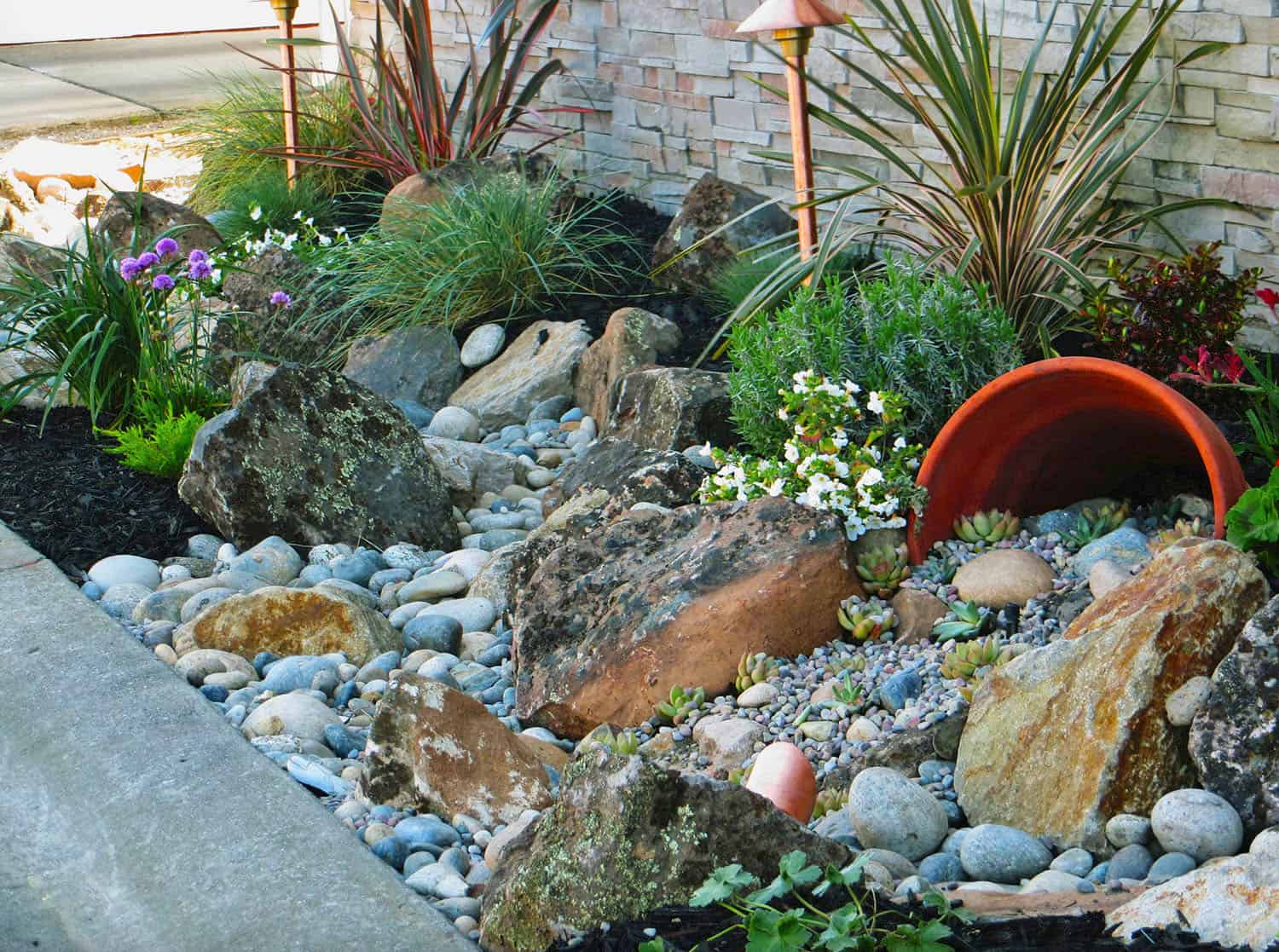

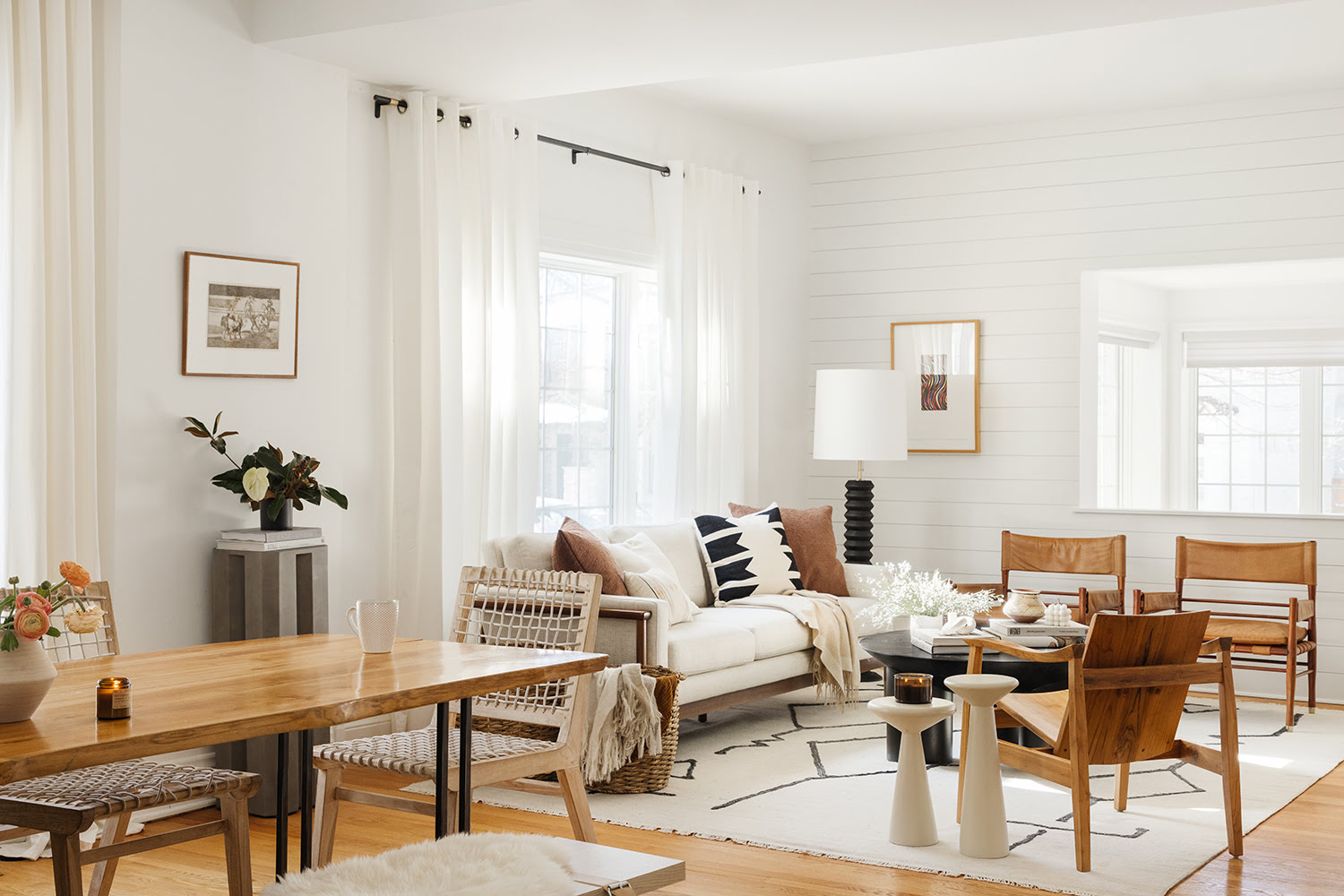
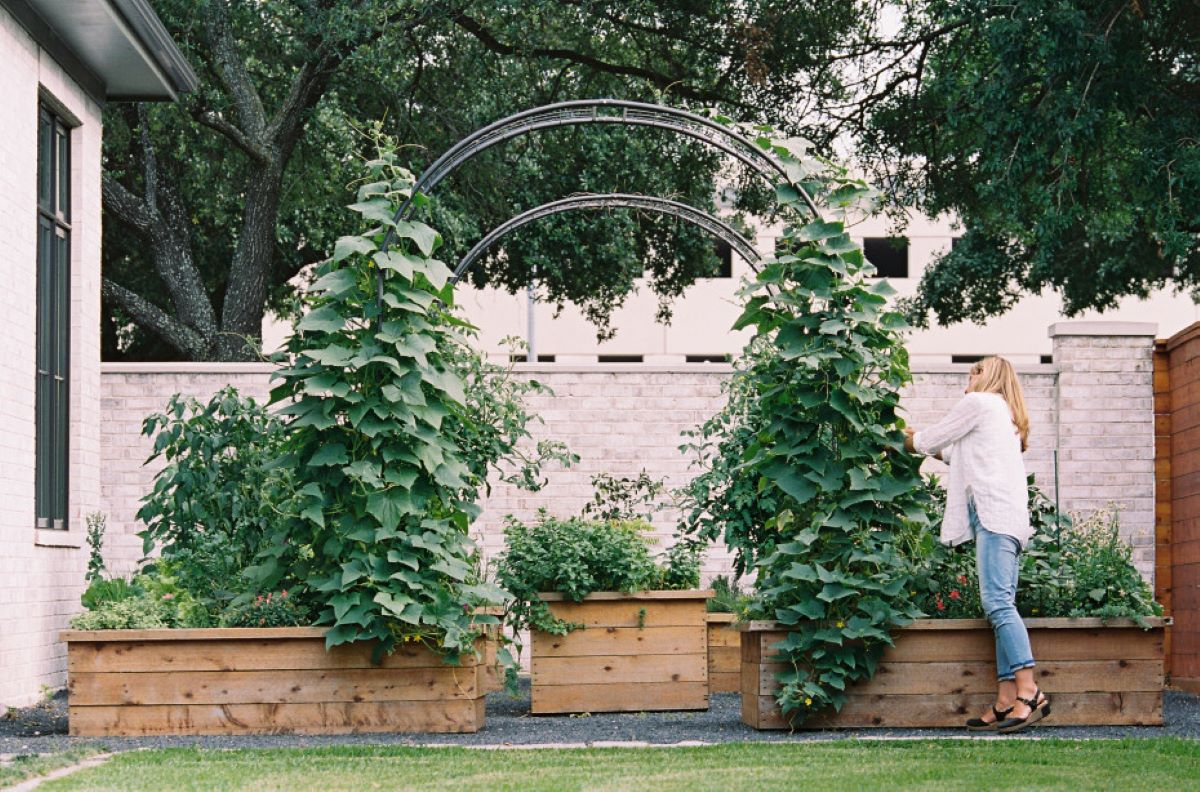



0 thoughts on “Garden Edging Ideas: Create Neat, Tidy And Decorative Borders”